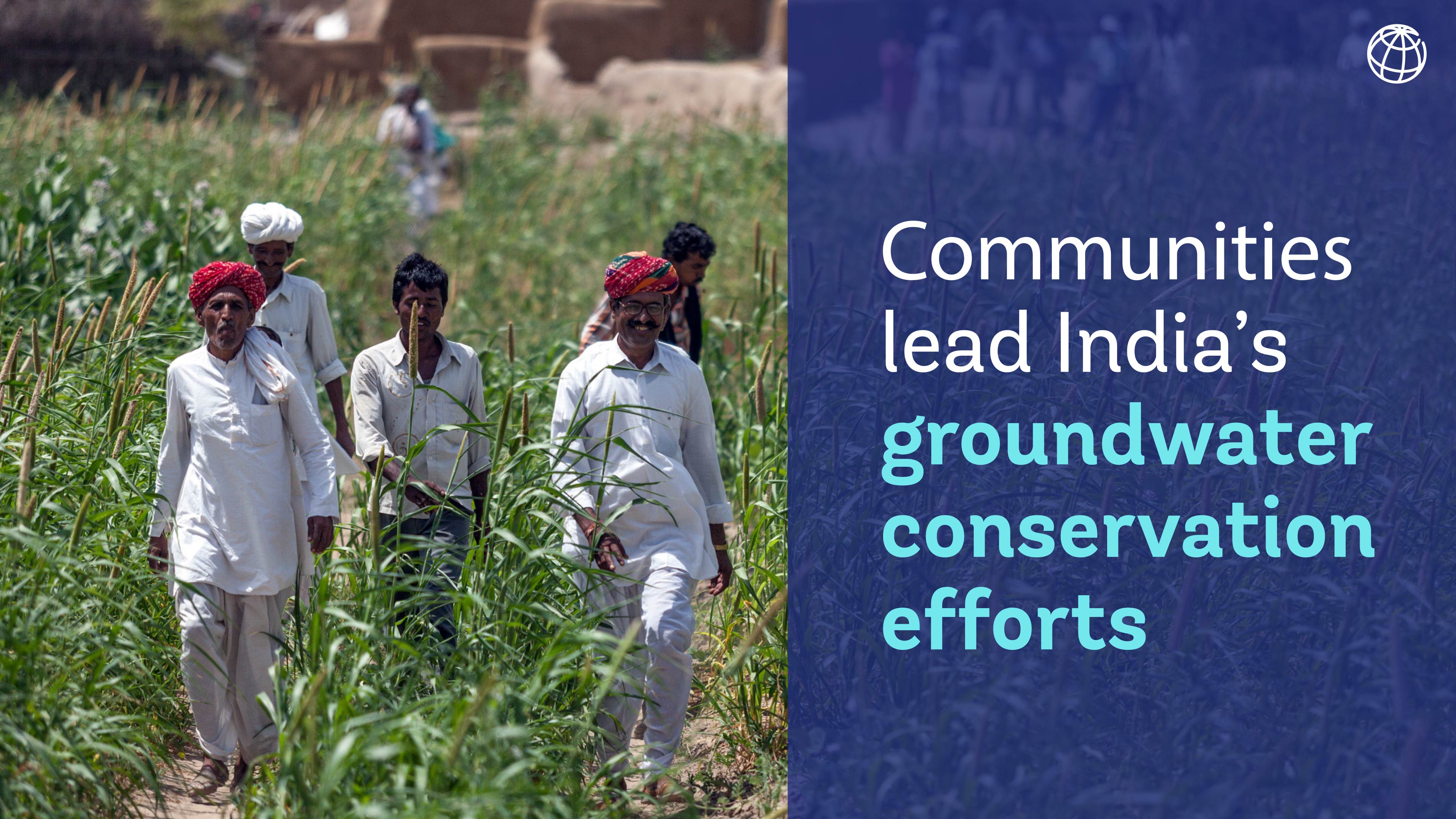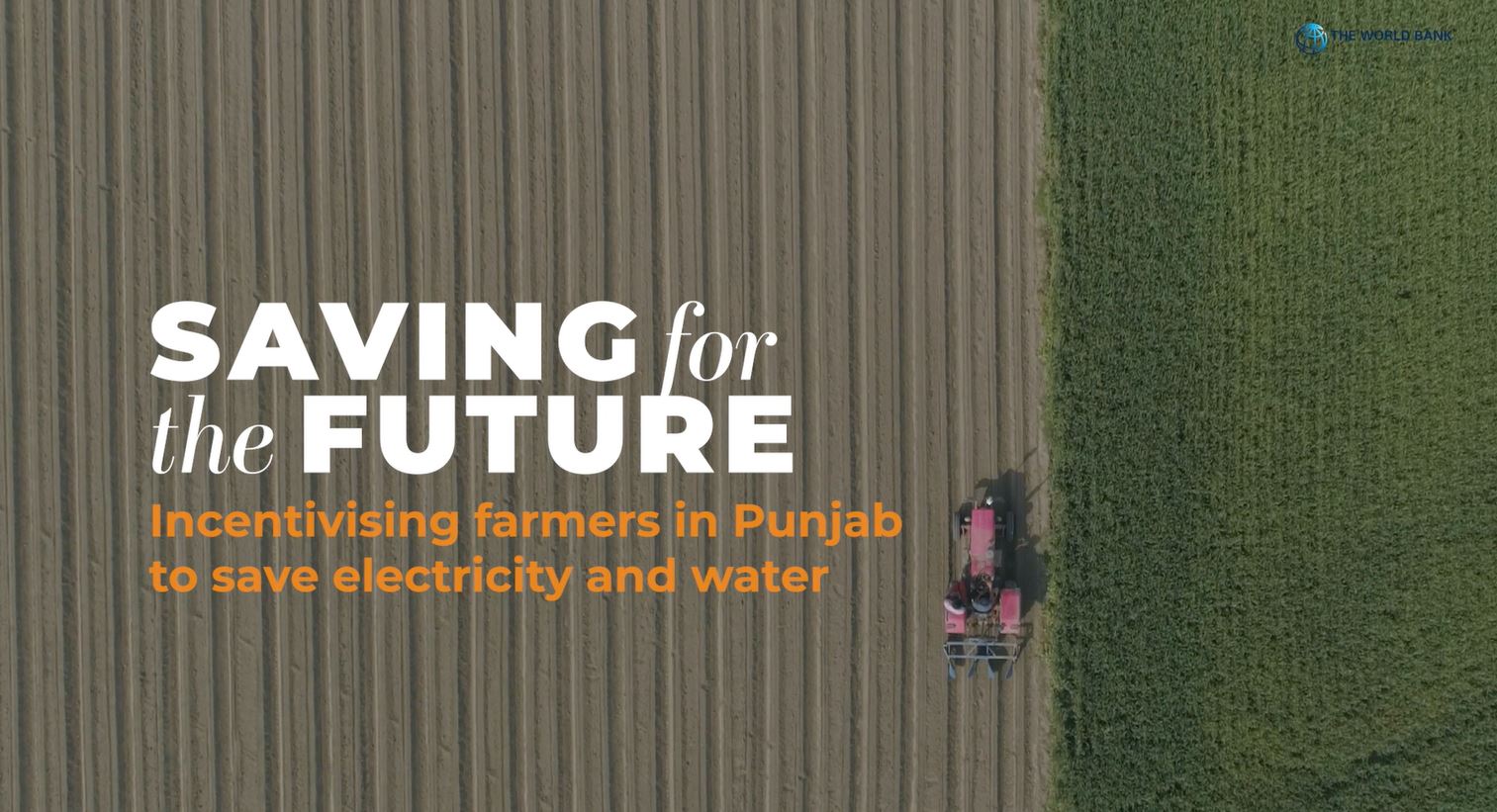Reaching the underserved in India’s villages
Over the last decade, the World Bank has supported the government’s efforts to bring clean drinking water to rural communities. A range of projects with a total financing of $1.2 billion have benefitted over 20 million people.
Villages in the mountain state of Uttarakhand, suffered from a lack of water supply as the steep Himalayan terrain made it difficult to build and maintain the required infrastructure. For many villagers, particularly women, obtaining fresh water for domestic use meant traveling distances of over 1.6 kilometers.
Between 2006-15 the World Bank-financed Uttarakhand Rural Water Supply and Sanitation Project helped over 1.57 million people in the state by improving sustainable rural water supply and sanitation services across underserved areas. The project focussed on building infrastructure and institutional capacity, including that of the village communities, that would be resilient from natural disasters in the mountain state that often experiences flash-floods, earthquakes and landslides.
The southern state of Kerala receives one of the highest levels of rainfall in the country, however, its undulating terrain drains most of the rainwater into the sea. Rapid growth of built-up areas across the state has led to depleting water sources.
Since the early 2000s, the World Bank has been supporting the state government in ensuring that rural families receive a dependable supply of piped water in their homes, at a price that even low-income households can afford. Jalanidhi I (2000-2008) and Jalanidhi II (2012-2017) have helped bring water into village homes by putting local communities in charge of managing their own water supply schemes for the first time in their lives.
Reliable water supply to cities
Continuous piped water supply has been a pipe dream for fast-urbanizing Indian cities. Most urban households receive water for a couple of hours a day at most, and often only on a few days a week. This particularly affects the poor, women and children, who spend time and money securing water for their daily needs.
The southern state of Karnataka has now proved that 24/7 water supply is indeed possible, affordable, and sustainable in urban areas. The World Bank-supported Karnataka Water Supply Improvement Project helped pilot this approach in the three-water stressed cities of Hubbali-Dharwad, Belagavi and Kalaburgi; a follow-on project, the Karnataka Urban Water Supply Modernization Project, is now scaling up to cover the entire population of the three cities.
Even as citizens are required to pay for the water they use, the tariff for “lifeline consumption”— up to 8 kilo litres —is kept at levels that poorer households can afford. Household-level water connections are subsidized to ensure poorer households can avail of the improved services.
The story is similar in Shimla, capital of the hill state of Himachal Pradesh. Declining water sources, rapid population growth and increasing numbers of tourists to the resort town meant that the city received water for a few hours every three days. Improvements brought about under the Shimla Water Supply and Sewerage Service Delivery Reform Project have ensured that the city now receives at least 3-4 hours of water supply every day and efforts are on to move to 24x7 supply. All this has been achieved not just by fixing the pipes but by fixing the institutions that fix the pipes. The World Bank project supported the establishment of a professionally run water utility that is directly accountable to citizens.
In Punjab, where groundwater levels are reaching critical levels, the Punjab Municipal Services Improvement Project is helping two large cities shift to surface water sources, like from local canals. The improvements in the water supply are expected to benefit more than 3 million people by 2026 and an estimated 5 million projected population by 2055.
In 2019 the southern metropolis of Chennai reeled under a severe water crisis and water was brought in by train from some 200 kilometers away to save the city. Today, Chennai has become the first Indian city to recycle its wastewater at scale to meet the non-drinking water needs of its industries. One completed, two Tertiary Treatment Reverse Osmosis (TTRO) plants will be able to recycle about 20 percent of Chennai’s sewage, enabling the city to reduce its consumption of fresh water.

